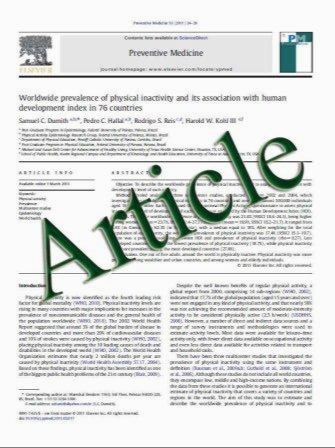Clinical practice The management of hyperammonemia
- نوع فایل : کتاب
- زبان : انگلیسی
- مؤلف : Johannes Hنberle
- چاپ و سال / کشور: 2011
Description
Hyperammonemia is a life-threatening condition which can affect patients at any age. Elevations of ammonia in plasma indicate its increased production and/or decreased detoxification. The hepatic urea cycle is the main pathway to detoxify ammonia; it can be defective due to an inherited enzyme deficiency or secondary to accumulated toxic metabolites or substrate depletion. Clinical signs and symptoms in hyperammonemia are unspecific but they are mostly neurological. Thus, in any unexplained change in consciousness or in any unexplained encephalopathy, hyperammonemia must be excluded as fast as possible. Any delay in recognition and start of treatment of hyperammonemia may have deleterious consequences for the patient. Treatment largely depends on the underlying cause but is, at least in pediatric patients, mainly aimed at establishing anabolism to avoid endogenous protein breakdown and amino acid imbalances. In addition, pharmacological treatment options exist to improve urea cycle function or to remove nitrogen, but their use depend on the underlying disorder. To improve the prognosis of acute hyperammonemia, an increased awareness of this condition is probably more needed than anything else. Likewise, the immediate start of appropriate therapy is of utmost importance. This review focuses on a better understanding of factors leading to ammonia elevations and on practical aspects related to diagnosis and treatment in order to improve clinical management of hyperammonemia.
Eur J Pediatr (2011) 170:21–34 Received: 20 October 2010 / Revised: 22 November 2010 / Accepted: 24 November 2010 / Published online: 17 December 2010


